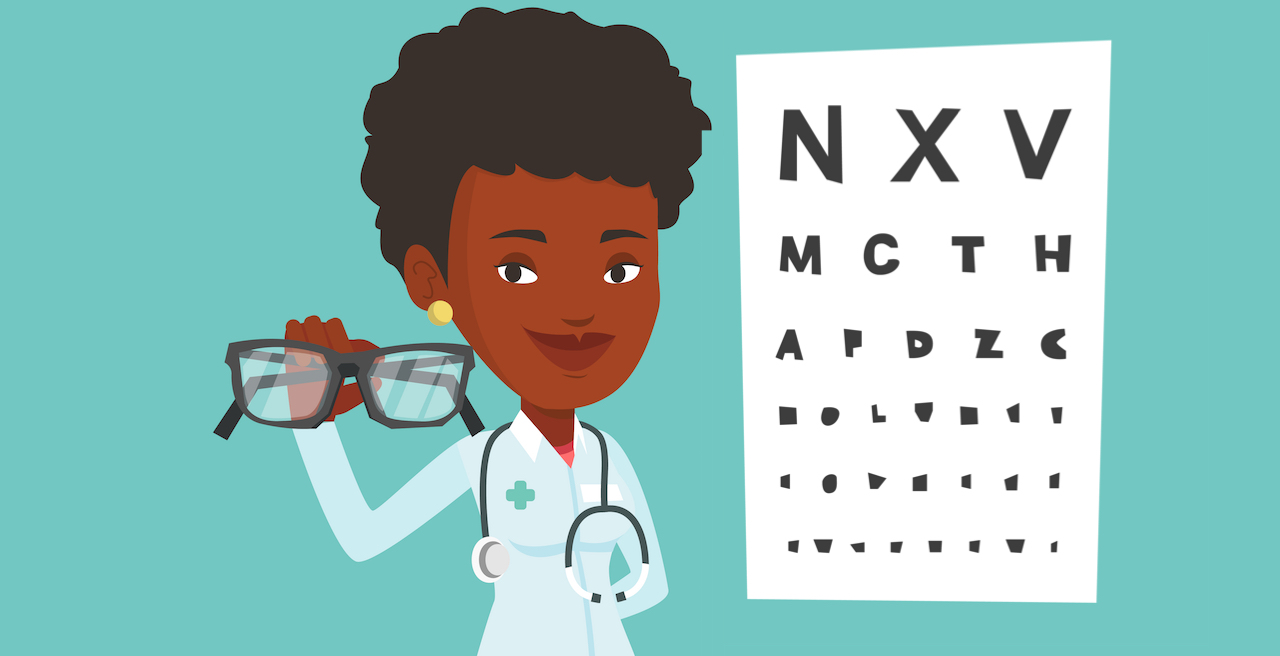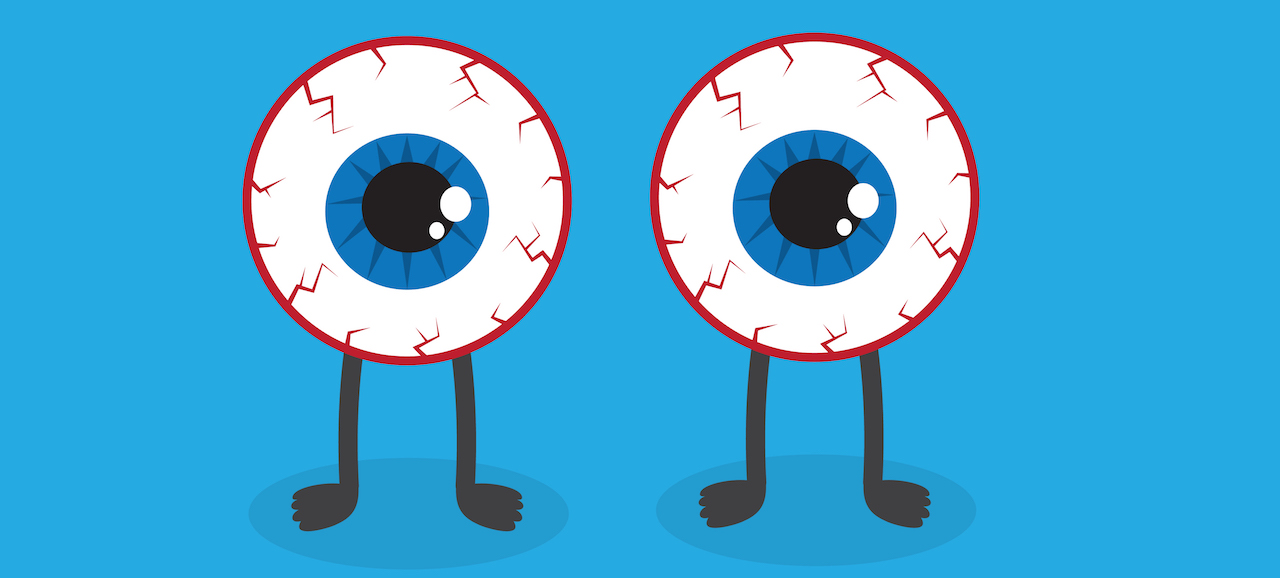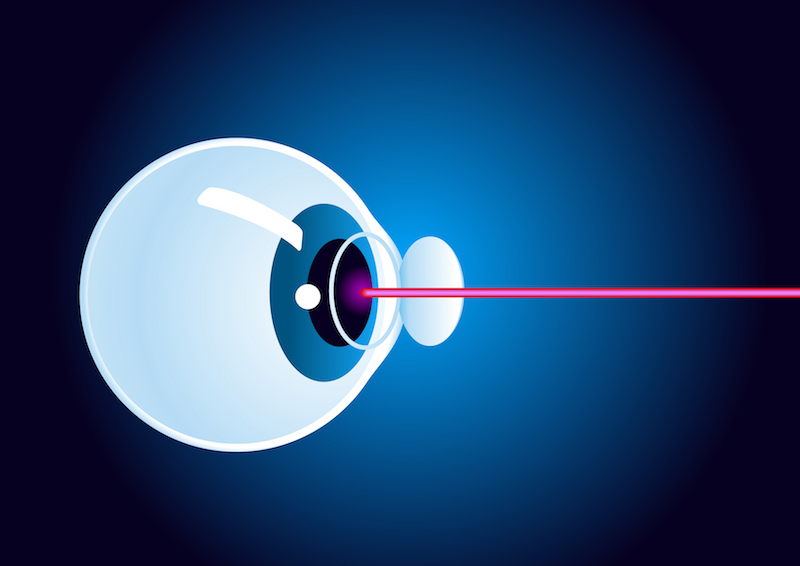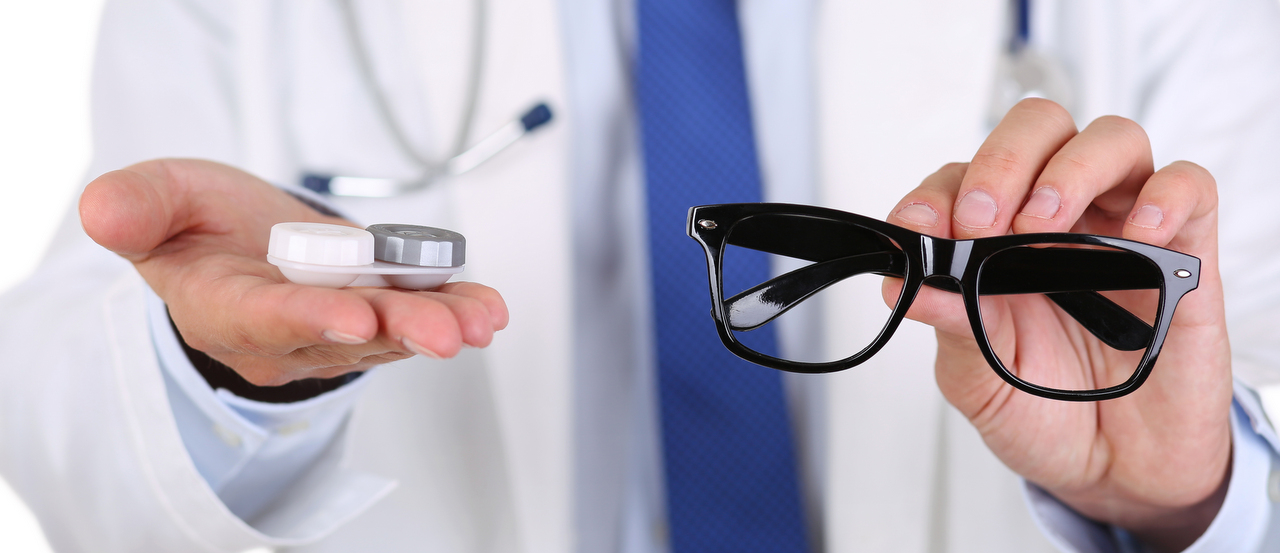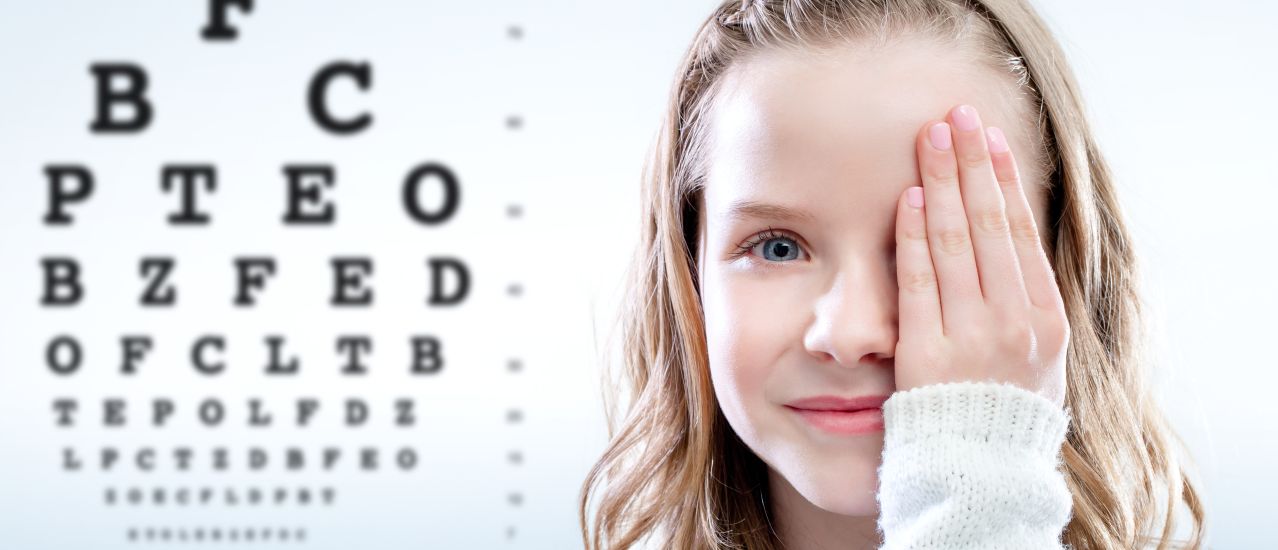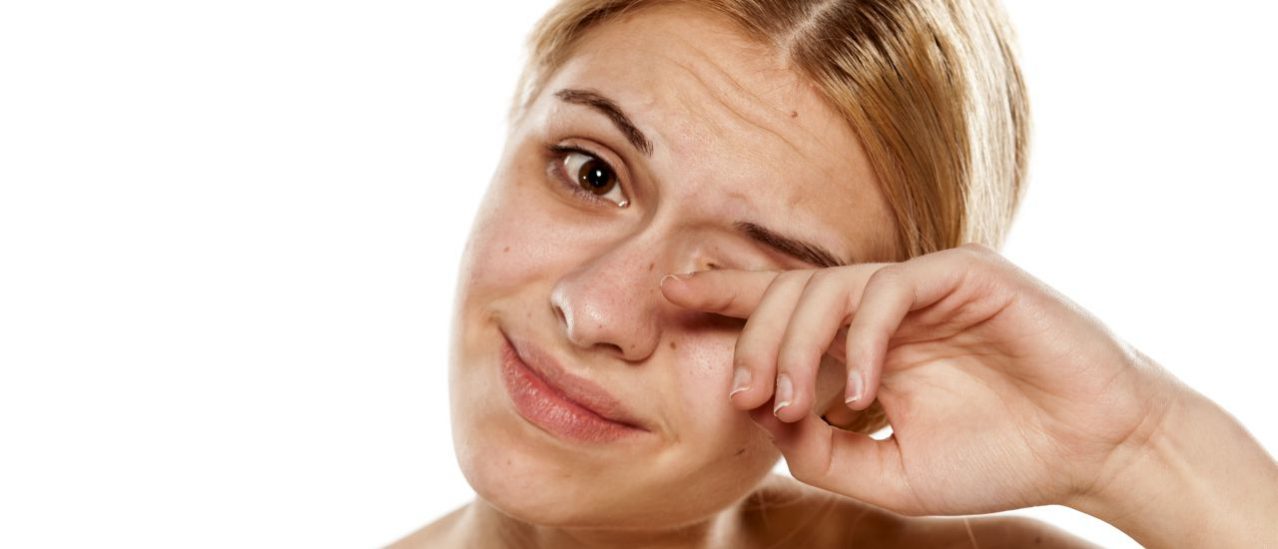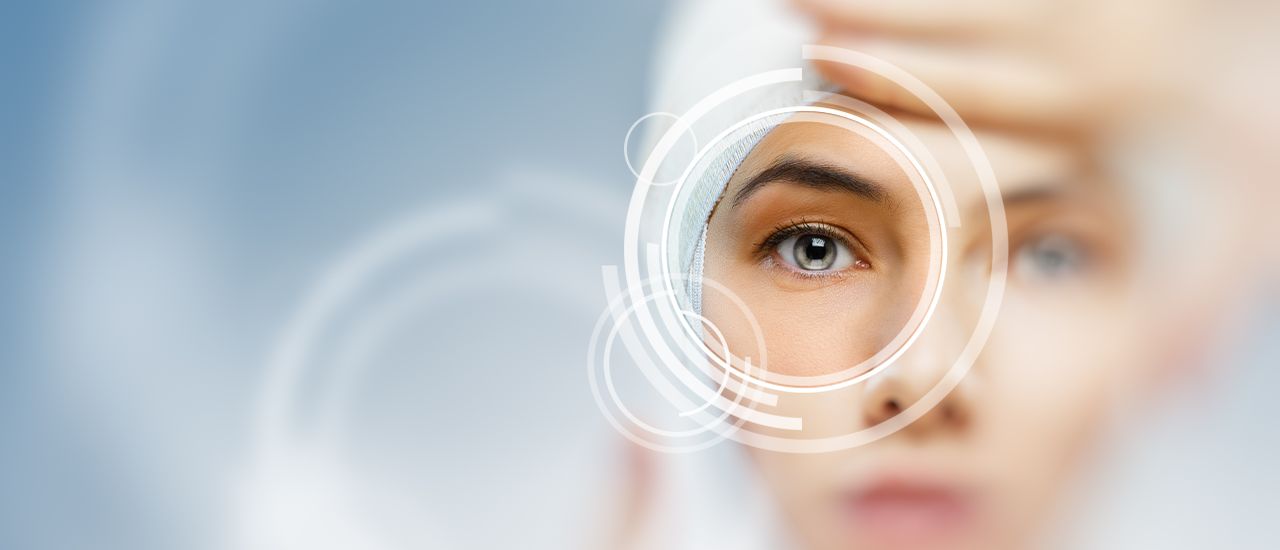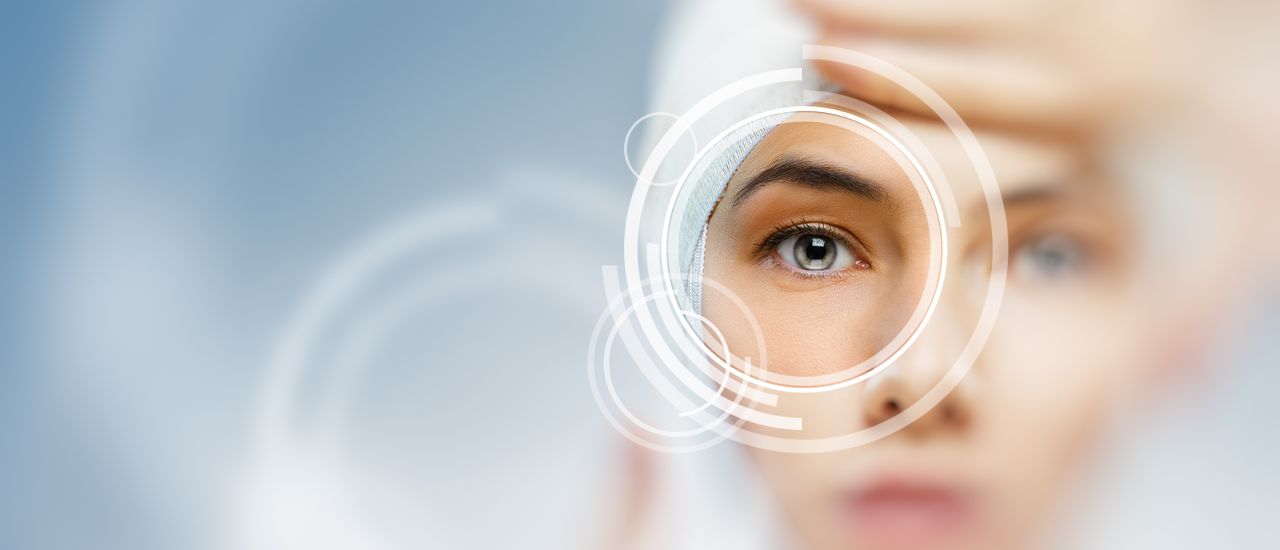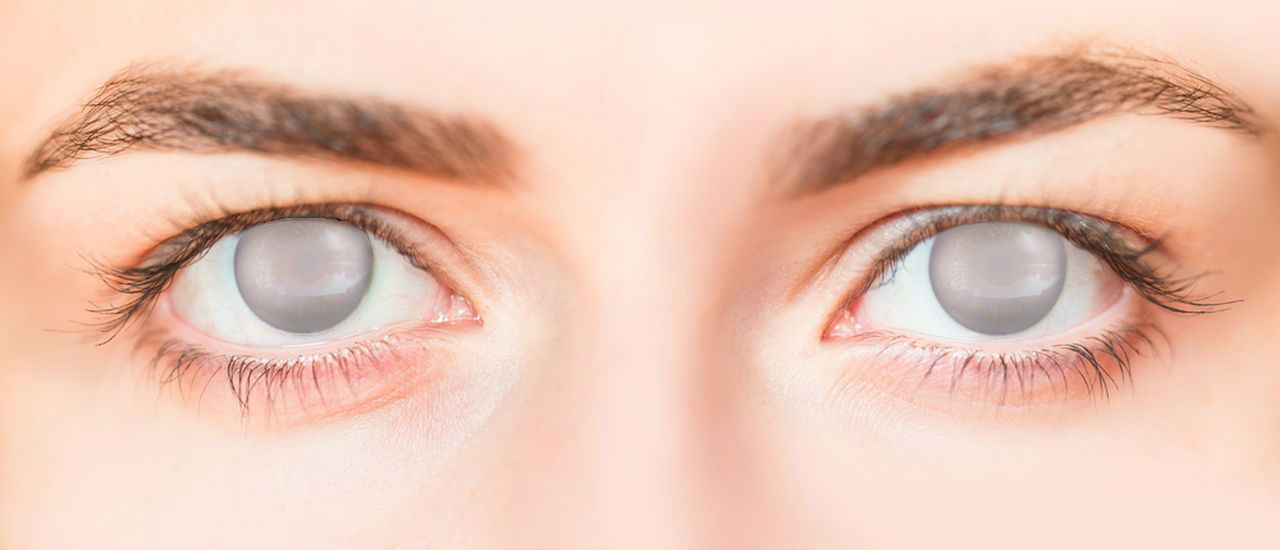Glaucoma is one of the most sneaky causes for blindness. It is an eye disease that causes damage to the optic nerve from an abnormal increase of pressure in the eye, and most of us don’t even know if we have it!
The optic nerve is vital for vision as it carries information from the eye to the brain. Damage to this nerve can be harmful to your eyesight. In the case of glaucoma, this damage leads to irreversible vision loss and eventually, blindness.
What are the symptoms?
Glaucoma progresses slowly and silently over the years, so by the time you recognise any symptoms, the damage to the optic nerve may be very advanced. Symptoms include:
- Severe eye pain (usually with nausea and vomitting).
- Headaches
- Eye redness.
- Blurred or cloudy vision.
- Seeing halo-like glows around bright lights.
Risk factors
Glaucoma can affect anyone, but you may be at higher risk if you:
- Are over the age of 40.
- Have high internal eye pressure. Eye pressure increases with age.
- Have a family history of the condition.
- Have a condition that affects blood flow like diabetes, heart disease, and high blood pressure.
- Are African. Glaucoma is more common and severe in people of African origin.
- Have myopia (nearsightedness) or hyperopia (farsightedness).
- Have had an eye injury.
- Have had eye surgery.
- Have corneas that are thin in the centre (less than 0.5 mm).
- Take steroids for a long time.
How is it diagnosed?
To diagnose glaucoma, your doctor will review your medical history and do a complete eye exam. He’ll run a few quick, painless tests to:
- Measure your eye pressure (tonometry).
- Examine your optic nerve for damage (optic nerve assessment).
- Check for areas of vision loss (visual field test).
- Inspect your eye’s drainage angle (gonioscopy).
- Measure the thickness of your cornea (pachymetry).
He may also take a picture of your optic nerve to see how far the glaucoma has developed. The only way to detect glaucoma before it damages your sight is with regular eye tests. The earlier it’s found, the earlier it can be treated. This is especially important if you have a high risk for glaucoma. “If you’re over 40, you should have your eyes tested every two years, and every year once you’re over the age of 60,” recommends SAGS.
Treatment
Once, you’ve been diagnosed with glaucoma, you have to go on lifelong medication, says Dr Ellen Ancker, an ophthalmologist from Cape Town. Your doctor may recommend eye drops and glaucoma medications to help lower eye pressure. These need to be taken regularly and as prescribed to retain your eye sight and prevent further damage to your optic nerve.
“It’s also important to go for regular check-ups and have a good relationship with your doctor,” advises Ancker. “You must be able to trust him and notify him as soon as you experience any changes or problems with your vision.”
If medication doesn’t help, your doctor may suggest surgery to improve the flow of fluid out of the eye. “However, this isn’t a first option as there’s a danger of infection, and cataracts in older patients,” says Ancker.


